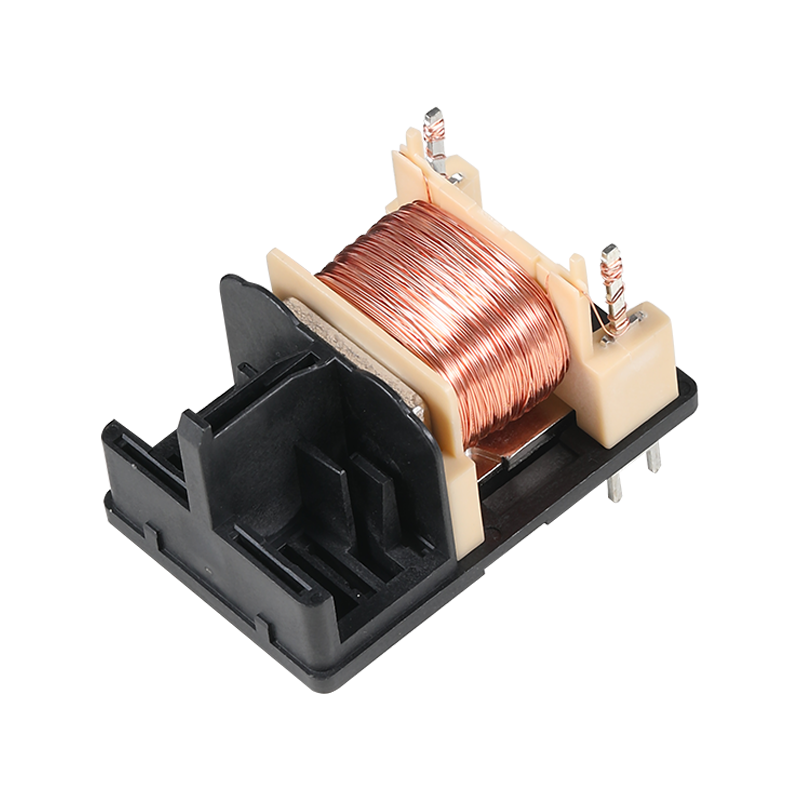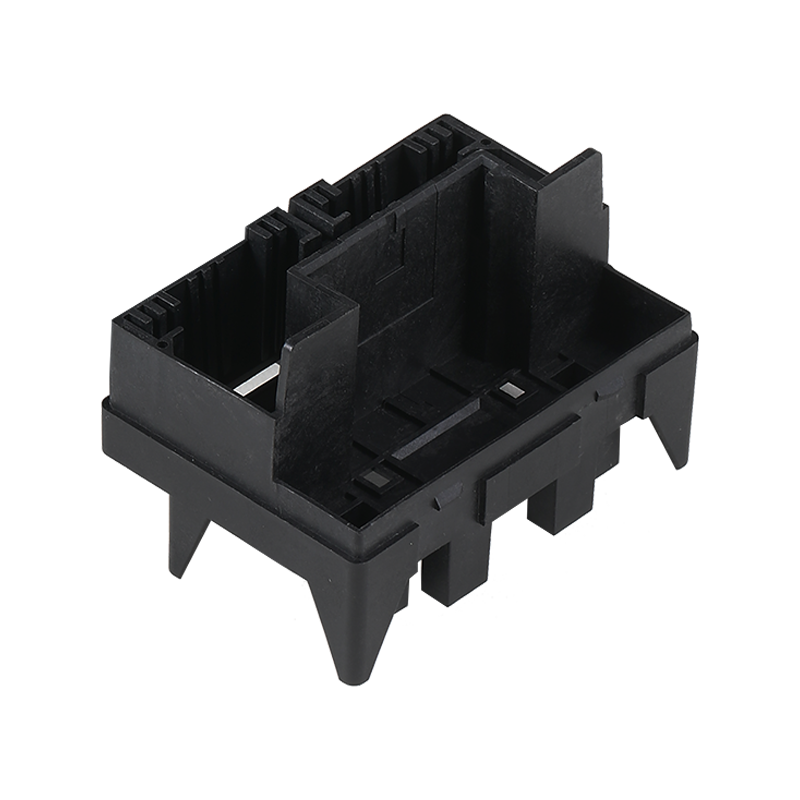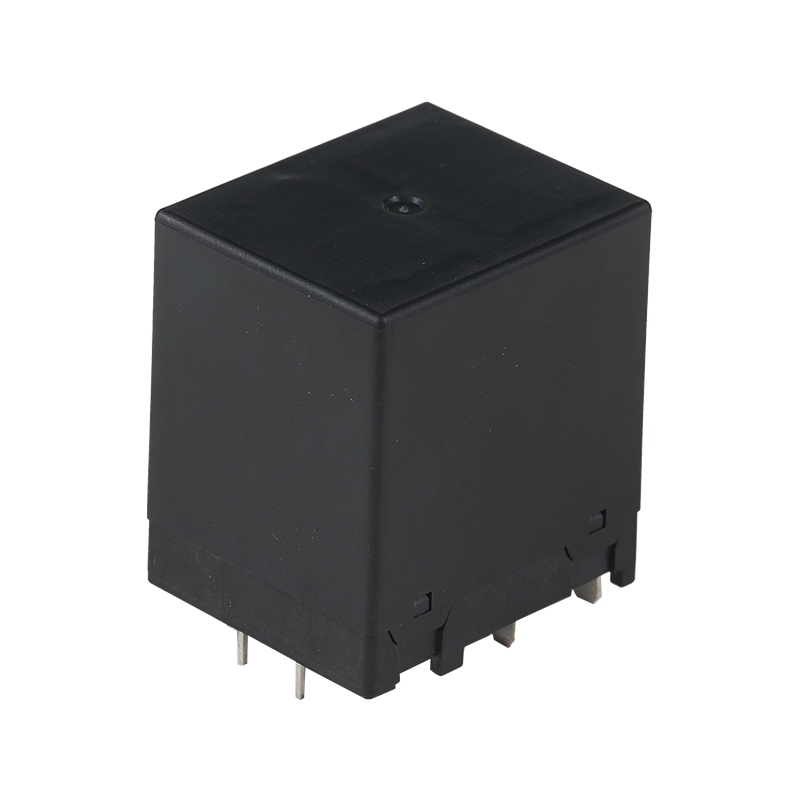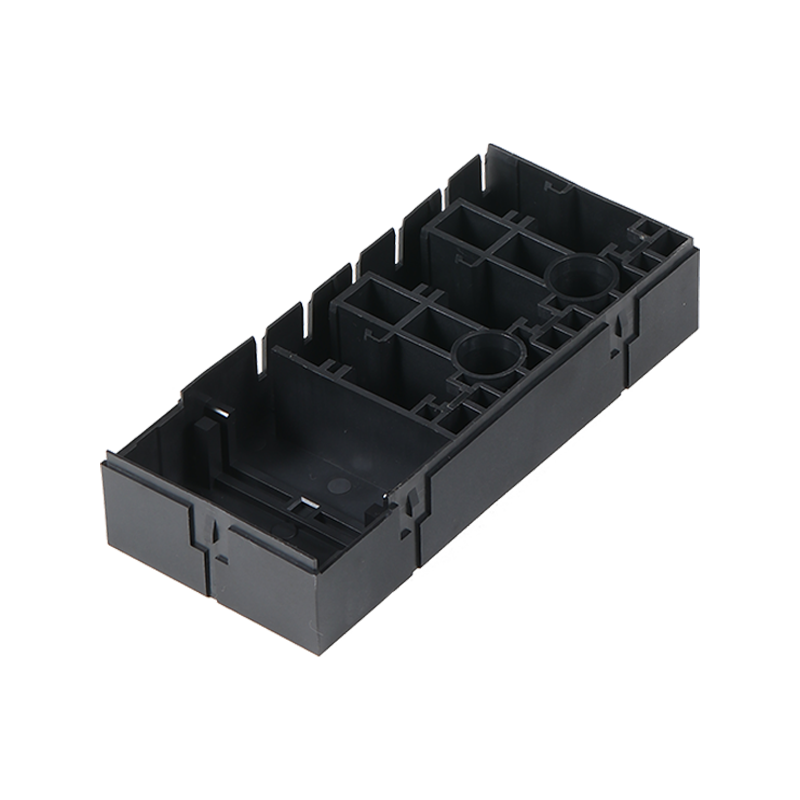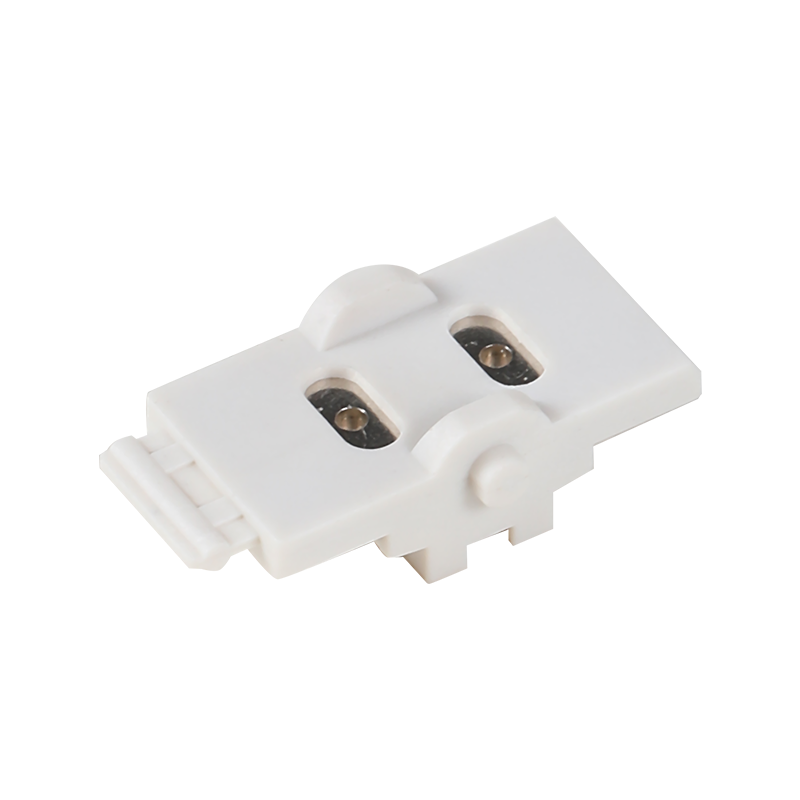
Supply electrical circuit relay Manufacturer
The history and development of the electrical circuit relay is a fascinating journey that traces back to the early days of telecommunication. The concept of relays emerged from the need for efficient long-distance communication, particularly with the invention of the telegraph in the 19th century. Samuel Morse, who is often credited with the development of the telegraph, utilized electrical circuit relays to amplify signals, allowing messages to be transmitted over greater distances. This innovation was crucial in overcoming the limitations of early telegraph systems, which struggled with signal degradation over long wires.
In the early telegraph systems, electrical circuit relays played a vital role in ensuring that messages could be sent quickly and accurately. The relay acted as an intermediary, receiving a weak signal and using it to control a stronger current, thereby boosting the signal strength. This technology was revolutionary, as it enabled the establishment of extensive telegraph networks that connected cities and countries, facilitating instantaneous communication for the first time in human history.
As the telegraph gained popularity, the use of electrical circuit relays expanded beyond mere communication. They became integral to various applications, including railway signaling systems. The ability to control signals remotely using relays significantly improved safety in train operations, reducing the risk of collisions. This application of electrical circuit relays demonstrated their versatility and reliability, paving the way for further innovations in electrical engineering.
The late 19th and early 20th centuries saw the rise of new technologies that built upon the principles of the electrical circuit relay. With the advent of the telephone, the demand for more sophisticated relay systems grew. Engineers began to develop more advanced relay designs that could handle the complexities of voice transmission. This period marked a significant evolution in relay technology, as it adapted to meet the needs of emerging communication systems.
In addition to telecommunications, electrical circuit relays found applications in industrial automation. As factories became more mechanized, the need for reliable control systems grew. Relays were used to automate machinery, allowing for remote operation and improved efficiency. This shift not only transformed manufacturing processes but also highlighted the importance of electrical circuit relays in modern industry.
The development of solid-state technology in the latter half of the 20th century introduced a new era for electrical circuit relays. Traditional electromechanical relays began to be replaced by solid-state relays, which offered faster switching times, greater reliability, and reduced size. These advancements made it possible to integrate relays into compact electronic devices, further expanding their applications.
Today, they are ubiquitous in modern technology, particularly in smart home applications. They are used in various devices, from automated lighting systems to security alarms, allowing users to control their environments with ease. The integration of relays into smart home technology exemplifies how far the concept has evolved since its inception in the telegraph era.
The history of the electrical circuit relay is a testament to human ingenuity and the relentless pursuit of innovation. From the early telegraph systems that revolutionized communication to the sophisticated smart home applications of today, electrical circuit relays have played a crucial role in shaping the technological landscape. As we continue to advance into an increasingly connected world, the importance of electrical circuit relays will undoubtedly persist, driving further innovations in automation and communication.

 English
English 中文简体
中文简体 русский
русский



